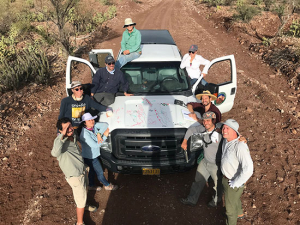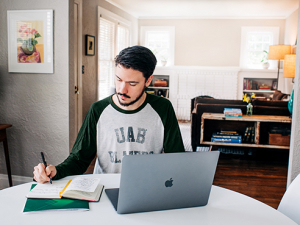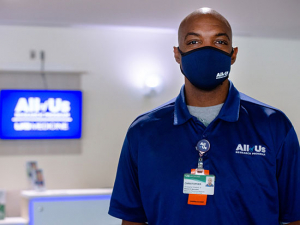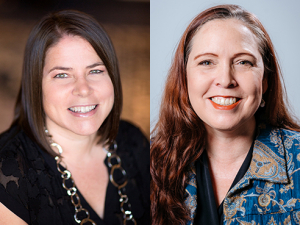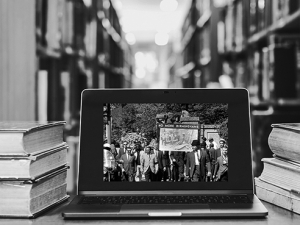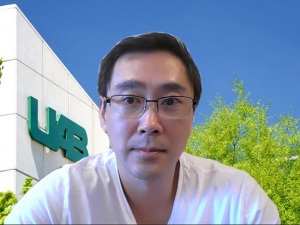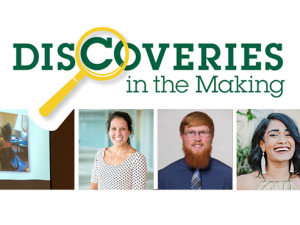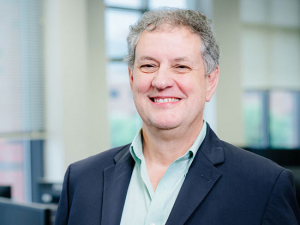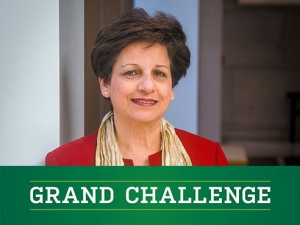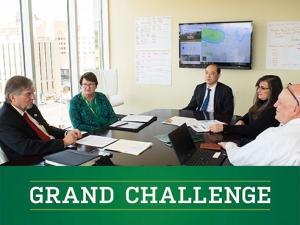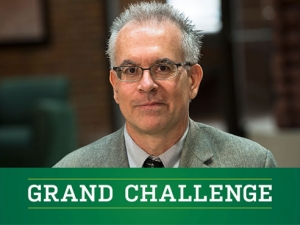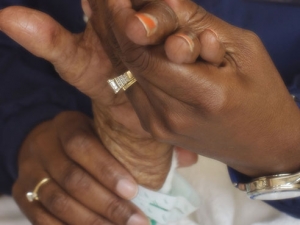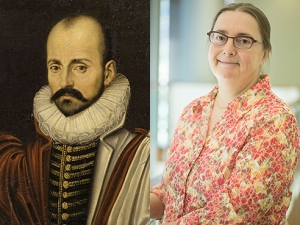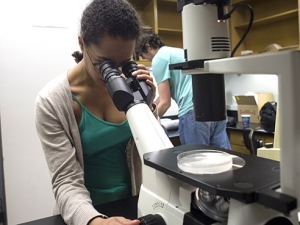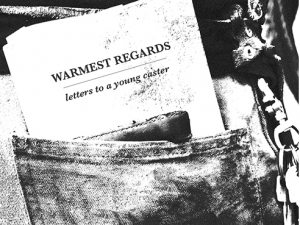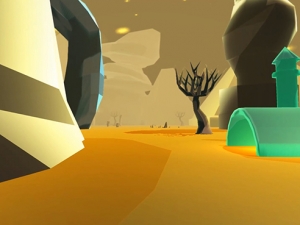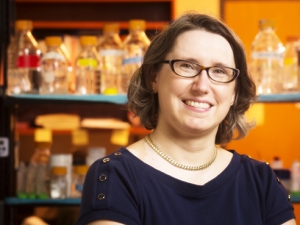This is the first in a series of profiles of the six finalists in the UAB Grand Challenge. The initiative, a key component of Forging the Future, UAB’s strategic plan, launched this past summer and inspired more than 75 initial entries from teams across campus. The results were announced on April 30, with the Healthy Alabama 2030 project selected as the inaugural UAB Grand Challenge winner.
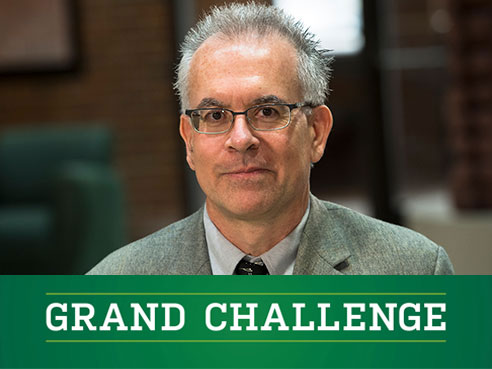 The Grand Challenge entry led by physics Chair Ilias Perakis takes on "the No. 1 social problem facing Birmingham and the rest of the state, which is economic growth," he said.The steel industry built Birmingham. Something even stronger could enable missions to Mars, develop quantum engineering, draw students from around the country and defend Alabama’s economy from the continued disruption of automation. “Advanced Materials and Computation to Solve 21st Century Alabama Grand Challenges,” one of six finalists in the UAB Grand Challenge competition, tackles the “No. 1 social problem facing Birmingham and the rest of the state, which is economic growth,” said Ilias Perakis, Ph.D., the project’s principal investigator and chair of the Department of Physics. “We must provide opportunities for 21st century jobs to every Alabama family.”
The Grand Challenge entry led by physics Chair Ilias Perakis takes on "the No. 1 social problem facing Birmingham and the rest of the state, which is economic growth," he said.The steel industry built Birmingham. Something even stronger could enable missions to Mars, develop quantum engineering, draw students from around the country and defend Alabama’s economy from the continued disruption of automation. “Advanced Materials and Computation to Solve 21st Century Alabama Grand Challenges,” one of six finalists in the UAB Grand Challenge competition, tackles the “No. 1 social problem facing Birmingham and the rest of the state, which is economic growth,” said Ilias Perakis, Ph.D., the project’s principal investigator and chair of the Department of Physics. “We must provide opportunities for 21st century jobs to every Alabama family.”
At present, Alabama’s economy is over-reliant on “non-traded” businesses — that is, companies that mostly sell to local consumers, rather than outside the state, Perakis said. As a result, Birmingham has lagged behind peers such as Nashville, Atlanta and Charlotte in adding jobs since the Great Recession. The city’s growing startup scene is hampered by a lack of skilled tech workers, and the looming impact of new waves of automation threaten existing manufacturing jobs statewide.
Quantum power
The answer, according to Perakis, is to position UAB, Birmingham and all of Alabama at the epicenter of the race to develop the advanced materials that will power the 21st century. “Our template for this ‘Silicon Valley of the South’ is the original Silicon Valley,” he said, “with a strong research university at its center.”
Emerging technologies being studied by UAB engineers and physicists focus on the behavior of advanced materials under extreme environments and stimuli. This includes super-hard materials that could be used in durable biological implants, such as knee replacements, or allow astronauts to cope with the extreme conditions on Mars.
| Advanced materials will power new technologies in computing and beyond. This project aims to put UAB, Birmingham and Alabama ahead of the pack racing to develop a promising industry. |
The emphasis is on materials whose properties are “dictated by the bizarre laws of quantum physics and are now being incorporated into technologies for computers, sensors and detectors with superior performance characteristics,” Perakis said. “Advanced computation capabilities emerging, for example, from today’s supercomputers and from the marriage of machine-learning and quantum physics are becoming an even more significant part of the research driving new technologies to the marketplace.”
National initiatives, local connections
The success of the new companies required for economic growth will depend on building a highly trained workforce in Alabama: students with complex skills who know how to code and can manipulate data to solve very complex problems. “A federally funded Center of Excellence on Advanced Materials and Computation, located at UAB, will catalyze all of these efforts,” Perakis said. “Alabama is currently missing such a center.” It could attract millions of dollars in funding from the recent federal investments in the Materials Genome Initiative, National Quantum Initiative and National Photonics Initiative, all bipartisan efforts to move the United States to the forefront of these crucial elements of the future global economy. “UAB research and education have reached a level of excellence that, with synergies achieved within our project, will reap the benefits of these national initiatives,” Perakis said.
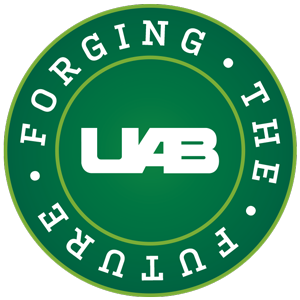 The project involves faculty from the College of Arts and Sciences and School of Engineering, with additional participation from the School of Medicine, Collat School of Business and the School of Education. It has built a broad coalition of partners at Georgia Tech and the Department of Energy’s national laboratories, including Oak Ridge, Sandia, Lawrence Livermore, Los Alamos and Ames, Perakis says.
The project involves faculty from the College of Arts and Sciences and School of Engineering, with additional participation from the School of Medicine, Collat School of Business and the School of Education. It has built a broad coalition of partners at Georgia Tech and the Department of Energy’s national laboratories, including Oak Ridge, Sandia, Lawrence Livermore, Los Alamos and Ames, Perakis says.
Training a tech workforce
In parallel, the educational technologies component of the plan builds on a successful series of distance-accessible courses developed in the Department of Physics, which teach foundational math, physics and computing skills in a condensed format. “Our planned online classes are state-of-the-art and scalable so that we can reach much of Alabama’s 55,000 square miles,” Perakis said. “Our most advanced educational options will provide unique training that will attract students from across the country.”
The UAB Grand Challenge “is all about changing people’s lives,” Perakis said. “Just writing this proposal encouraged us to come together across campus, to think harder and to openly discuss some critical issues facing us all. We are now ready for action.”




